Otter
I waddled onto the beach and stole found a computer to use.
🍁⚕️ 💽
Note: I’m moderating a handful of communities in more of a caretaker role. If you want to take one on, send me a message and I’ll share more info :)
- 50 Posts
- 243 Comments
I should have specified, people we’re downvoting you
But looks like the score is positive again 🙂
I’ve heard Kobo is better than the other big players when it comes to interoperability with open formats / self hosted setups.
As for the servers
The main one
https://github.com/janeczku/calibre-web
A popular newer one
https://github.com/crocodilestick/Calibre-Web-Automated
Also (to everyone else reading your comment) let’s not downvote good faith comments, especially when they’re phrased as a question and wanting to learn more
With that in mind, I LOVE how lean and fast some FOSS apps/projects are. One of my motivations to go searching for FOSS alternatives is when something seems slow for no reason.
It’s not always the case, but it’s often the case

 4·13 days ago
4·13 days agoOh interesting, I didn’t know that was a thing
Quoting from: https://www.reddit.com/r/synology/comments/1bapfkl
The armv8 architecture which the DS218 uses is supported by Container Manager, Synology just put a hardcoded config into the official package to exclude certain models from installing it:
exclude_model="synology_rtd1296_ds118 synology_rtd1296_ds218 synology_rtd1296_ds218play synology_rtd1296_ds418 synology_rtd1296_ds418j synology_armada37xx_ds119j synology_rtd1296_rs819"Pretty sure the https://github.com/007revad/ContainerManager_for_all_armv8 linked above just removes the hardcoded exclusion and doesn’t need to change anything else to get it to work.
If that workaround looks shady, you might be better off just installing docker directly

 5·13 days ago
5·13 days agoWhich Synology NAS is it, and can you install Container Manager on it? That might be the simplest option since your files are already on that device. There should be lots of guides out there for it.
Container Manager is basically a worse DockGE / Portainer by Synology. It should be sufficient for pasting in the Jellyfin docker compose, but if you wanted you could also spin up DockGE/Portainer first and do it through that interface (or SSH into the NAS and do it all with the command line)
So the setup would be
- run Jellyfin as a Docker container on the Synology NAS (using either Container Manager or DockGE/Portainer/straight up command line)
- try it out with the web browser/desktop app/mobile apps to see if you like it
- find a setup that you find convenient for the TV (ex. Android TV apps with some device, the desktop app on the PC, etc)
EDIT: Looks like there are official guides for it, as well as lots of videos on YouTube: https://jellyfin.org/docs/general/installation/synology/
I gather Plex is at least semi-commercial while Jellyfin is the open source but worse option.
I haven’t used Plex enough to judge, but from the comments I’ve seen it seems that Jellyfin is now on par with or better than Plex. There was also some news recently about Plex moving more core features (remote playback?) to the paid plans, so I imagine there will be more people moving over soon.
There are a lot of options for client side apps, official and unofficial, so you might be able to find something specific to your setup

 1·14 days ago
1·14 days agoI thought it might be in settings but I don’t see it. For me, I got an option for “just this one” vs “always” when I tried to open a video, and it seems to be remembering that.
You could try backing up any settings and resetting the app to see if you get anything different, although it really should let you pick a default at any point

 4·14 days ago
4·14 days agoThe Fossify one is decent

 3·18 days ago
3·18 days agoThe GoodKarmaToolkit in particular is an extra project that is managed by ArchiveBox, but the listed services aren’t made by them. I’m not as familiar with ArchiveBox itself, and it looks like there’s an open issue about AI stuff: https://github.com/ArchiveBox/ArchiveBox/issues/1139
There is another called Data Hoarder that does this job too.
Yup, Hoarder was the one I was planning to use for bookmark management: https://hoarder.app/

 2·19 days ago
2·19 days agoYup, the installation guide says to comment out the things you don’t want to run

 12·20 days ago
12·20 days agoThere’s the good-karma-kit, which is a Docker compose bundle of some popular projects: https://github.com/ArchiveBox/good-karma-kit
It could act as a list to go off of, if you don’t want to host all of them. The link has more info on each, as well as which ones are non-profit / for-profit
Overview
Have some space computing power and want to donate it to a good cause? How about 10+ good causes at once?
♻️ put an under-utilized system to good use
🚲 use as much or as little CPU/RAM/DISK as you want
✨ 100% more soul warming than mining
📈 geek out over your CPU/disk/bandwidth stats on the leaderboardsThis is a collection of containers that all contribute to public-good projects:
- networks: Tor, i2p
- computing: boinc, foldingathome
- archiving: archivewarrior, zimfarm, kiwix, archivebox, pywb
- storage: ipfs, storj, sia, transmission
This v1 list was started by the ArchiveBox project, but it’s open to contributions.

 1·21 days ago
1·21 days agoAh, good to know

 2·21 days ago
2·21 days agoOdd, this one got unpinned as well. Just fixed it
Maybe I should make a list of posts to check on every once in a while, until the issue gets fixed

 3·24 days ago
3·24 days agoDoesn’t look like there’s a link in the post, you may have missed it?

 11·28 days ago
11·28 days agoCross posted to !opensource@programming.dev, and looks like someone already shared it on !thunderbird@lemmy.world
‘upperBalcony’ is assigned a value but never used
Ok but still, what if

 281·30 days ago
281·30 days agoI think the important part is about who is running the server, rather than who made the software
The fediverse is interesting in that context because each instance can decide where they set up the infrastructure or how they process data / requests. The same applies to self hosting
I saw an article that outlined which country each fediverse platform “originated” from, such as Canada for Pixelfed and Germany for Mastodon. That’s fun to know about, but otherwise not important to users compared to the instances themselves
At most it might speak to which laws will govern the project itself, but even then someone can fork a project that goes astray

 8·1 month ago
8·1 month agoThe UI mostly, and because the layout is familiar to them

 18·1 month ago
18·1 month agoI installed OnlyOffice for a family member and they have no complaints. They were happy to learn they don’t need to worry about subscriptions anymore either



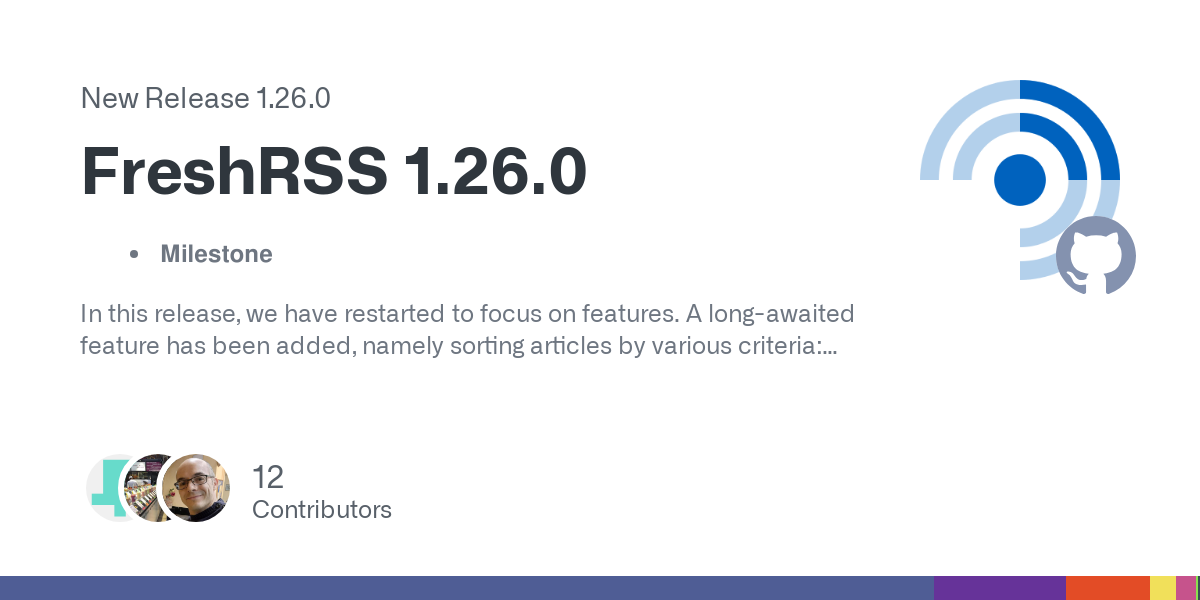
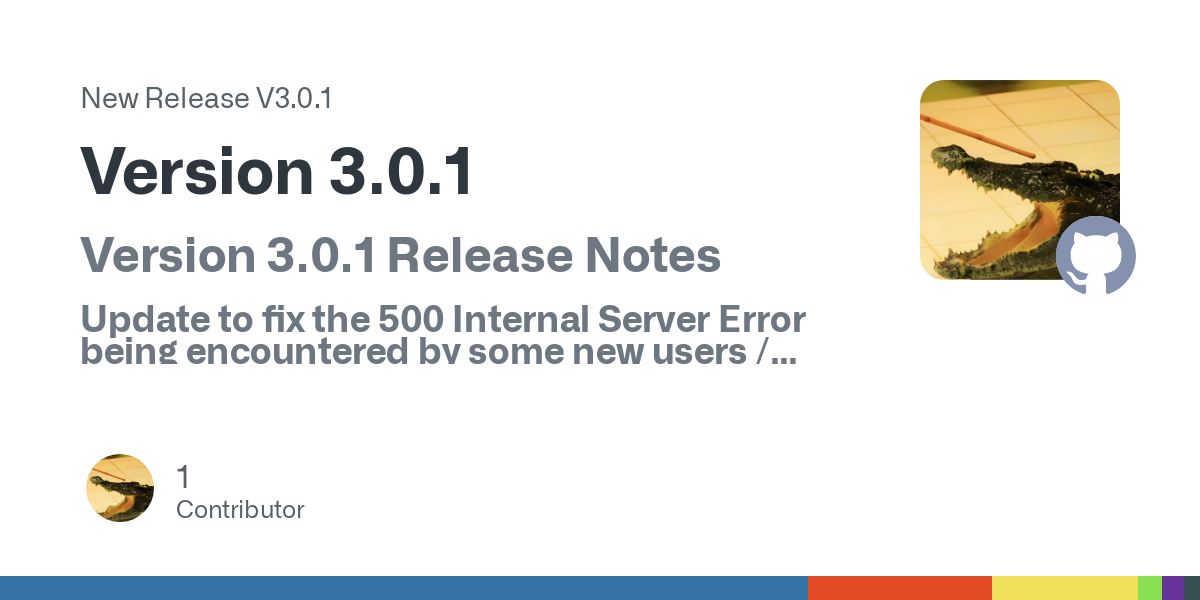

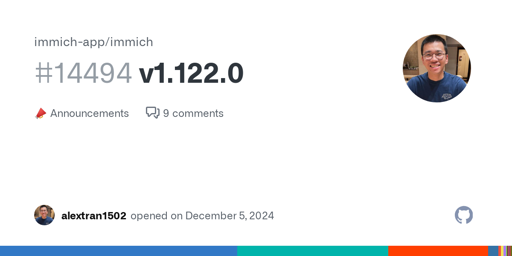


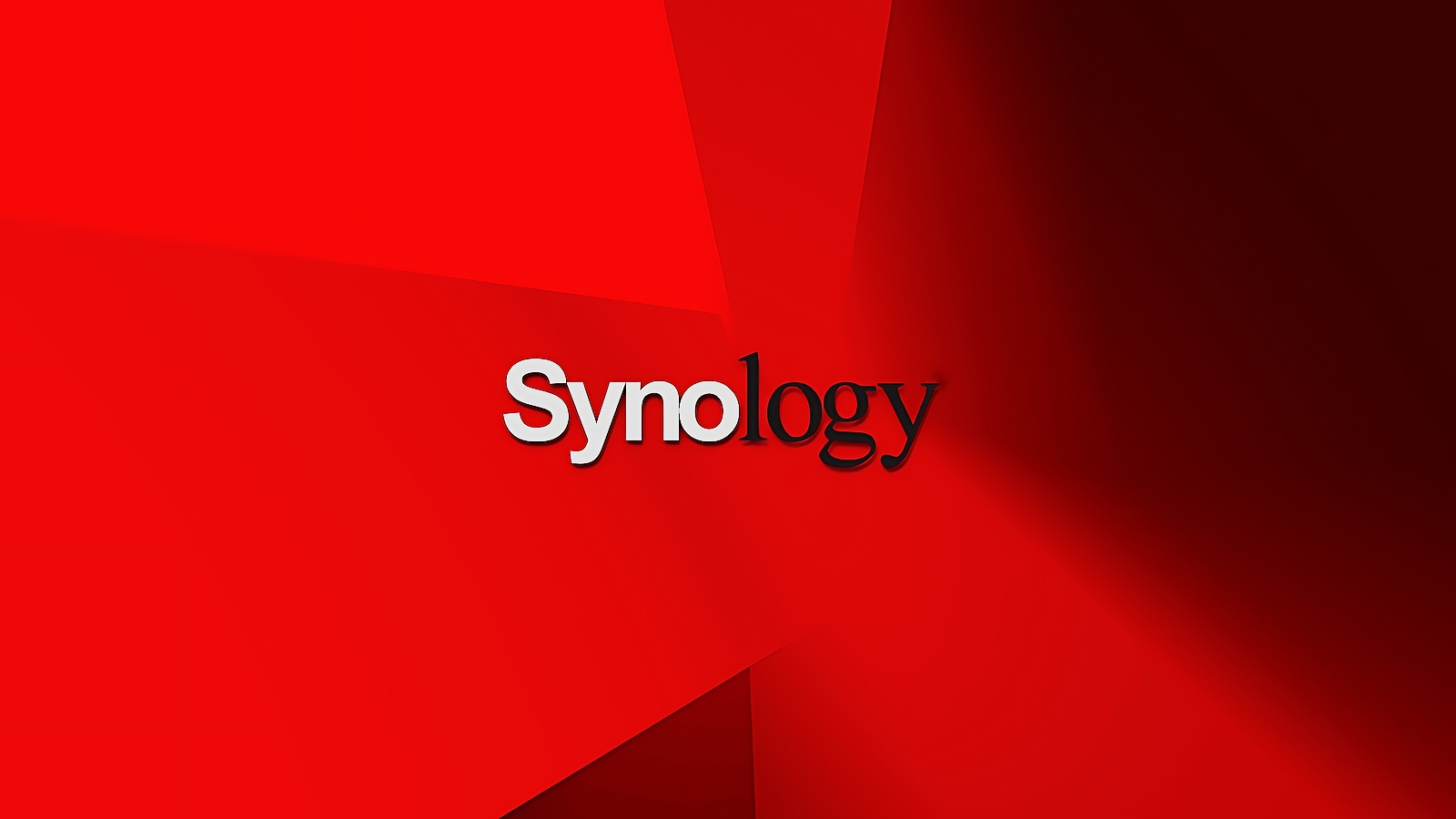


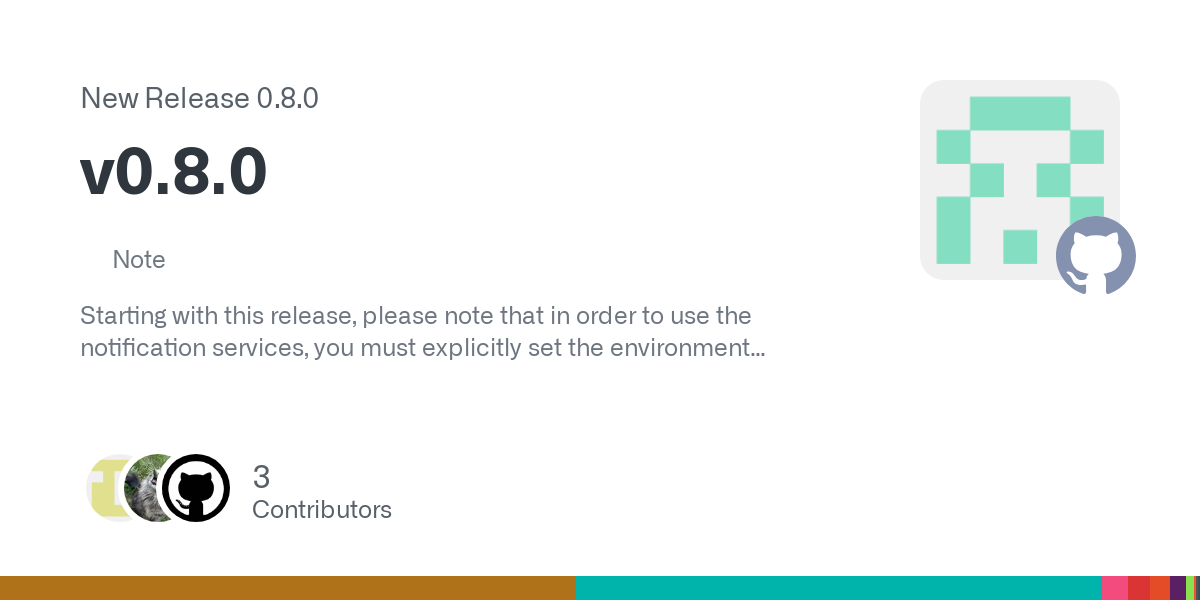

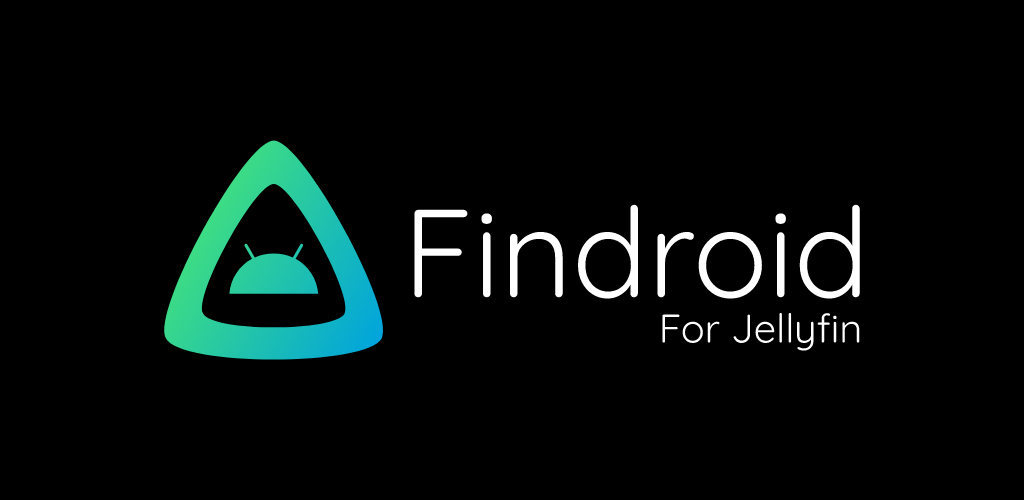
Some brainstorming from me:
Alternatively, what would a recycling/conversion program look like?